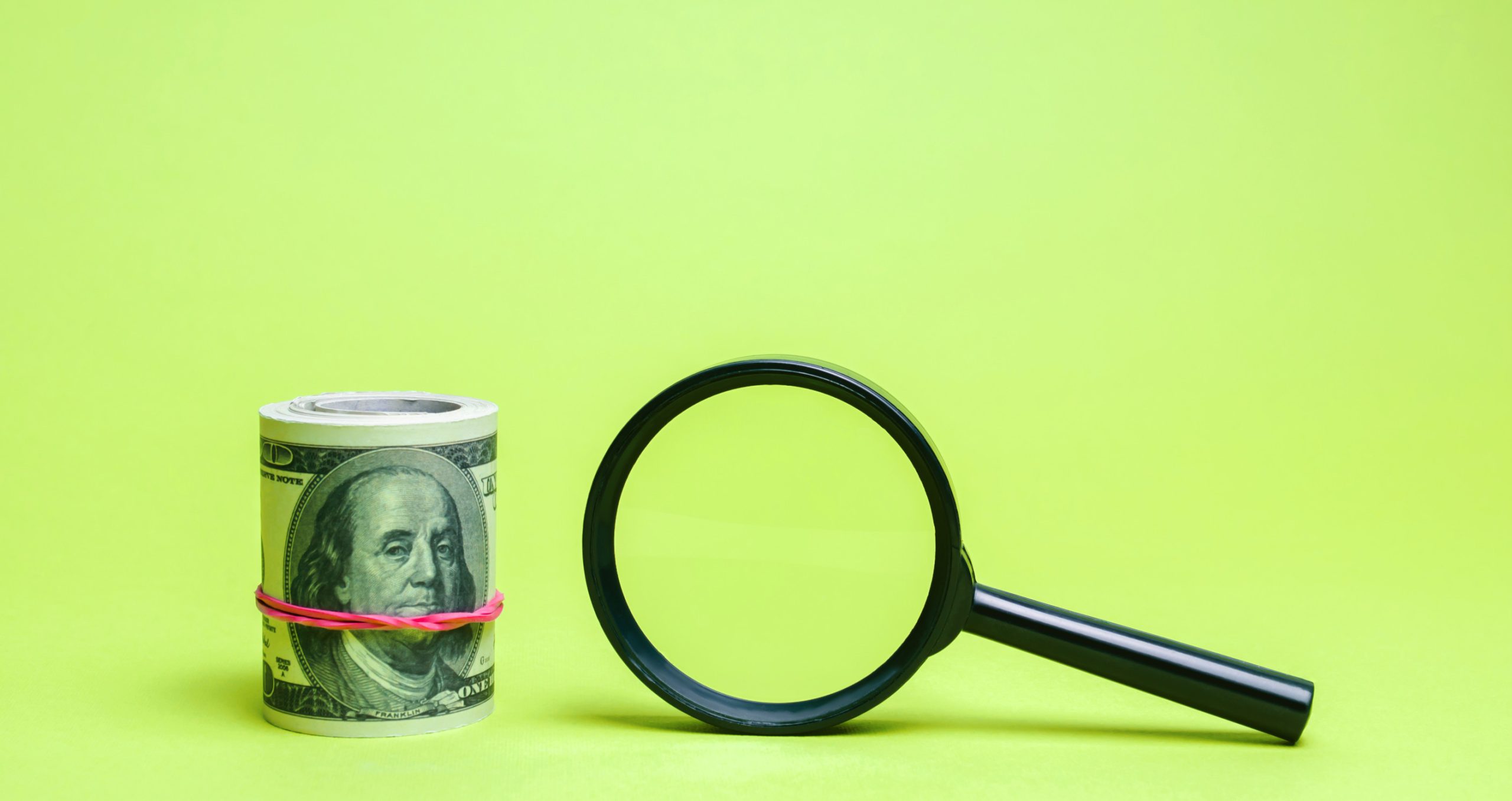In an economy where consumers are watching every dollar, companies are getting sneakier about how they increase what people pay. It’s no longer just about raising the sticker price—now it’s about hidden charges, service reductions, and clever marketing spin.
These tactics are designed to fly under the radar while slowly bleeding more money from customers over time. What’s worse is that many of these strategies are completely legal, often buried deep in terms and conditions or disguised as improvements.
Shrinking Products, Same Price
This tactic, often referred to as “shrinkflation,” is when companies reduce the size or quantity of a product but keep the price the same. Everything from cereal boxes to toilet paper rolls has been downsized, and unless customers are actively measuring their purchases, they might never realize the difference. It’s a silent strategy that boosts a company’s profit margins while offering less value per dollar. Companies bank on consumer habits—they know people tend to remember prices more than weight or volume. So, even if it feels like nothing’s changed, consumers are getting less for what they pay.
Subscription Creep
More companies are shifting to subscription models, and it’s not always obvious how often users are being charged. Automatic renewals and vague billing cycles make it difficult to keep track of payments. Small increases in monthly fees—just a dollar or two—add up quickly over time but often go unnoticed. Many services also bundle features or “premium access” that people didn’t ask for, padding the bill subtly. In some cases, cancelling a subscription becomes intentionally difficult, keeping money flowing from unaware users.
Disguised Service Fees
Service fees have become a clever hiding place for cost increases, especially in industries like hospitality, ticketing, and airlines. A hotel may advertise a competitive nightly rate, but then tack on a “resort fee” at checkout that wasn’t initially disclosed. Similarly, ticket platforms add processing and convenience fees at the very end of a transaction, once the buyer is emotionally committed. These added costs are not part of the advertised price, giving the illusion of affordability. Over time, companies have refined how these fees are presented, making them seem necessary or unavoidable.
Energy and Utility Charges Hidden in New Language
Utility companies are experts at masking rate increases behind new terminology. What used to be called a straightforward rate hike may now appear as a “grid modernization fee” or “fuel adjustment charge.” These line items are easily overlooked or misunderstood on monthly statements. By rebranding the increase as part of system upgrades or environmental efforts, companies make the charges feel more justifiable. Yet at the end of the day, the bill goes up—just in a more palatable form.
Charging for Formerly Free Services
One of the more subtle changes is when companies begin charging for features that were once complimentary. Tech companies, for instance, may begin limiting cloud storage and requiring a monthly fee for additional space. Airlines have long since stopped including checked baggage, but now even basic seat selection or carry-ons come at an extra cost. Banks and financial apps often introduce “maintenance” fees unless minimum balances are met, even on accounts that used to be free. Slowly, conveniences people once took for granted are being monetized.
Making Terms More Confusing
Sometimes the trick isn’t adding charges—it’s obscuring them behind complex language. Legalese in billing statements, contracts, and policy updates can make it nearly impossible for the average consumer to identify where their money is going. Companies often count on the fact that few people read through every clause or update. Even worse, they may hide increases in bundled packages or offer multi-tiered pricing that discourages comparisons. By making it harder to spot differences, they reduce the chances that anyone will notice a change at all.
Unbundling and Rebundling
What used to come in a single, easy-to-understand package is now split into several mini-purchases. Television and streaming services are notorious for this, encouraging users to subscribe to multiple platforms for access to shows that were once available in one place. Phone plans, insurance policies, and even grocery items have been affected by this strategy. The initial price may appear lower, but by the time everything needed is added back in, the total cost is often higher than before. This approach confuses consumers while making the company’s offerings seem more customizable and affordable than they truly are.
Loyalty Programs That Don’t Really Reward Loyalty
Rewards programs sound great—spend money and get perks. But over time, many companies have devalued the points or miles consumers earn, requiring more spending for fewer benefits. Airlines, credit cards, and retailers have quietly adjusted the conversion rates or added expiration dates to points. They often advertise the potential for free items, but the actual thresholds are set so high that many customers never redeem anything meaningful. It’s a psychological play that encourages spending while delivering less actual reward than promised.
Data Usage and Speed Limitations
Internet and mobile service providers have found a clever way to upcharge without appearing to raise base prices. Many now throttle data or internet speeds after a certain limit, then offer “boosts” or “premium plans” to restore full access. Customers often don’t realize they’ve hit a cap until performance drops, prompting them to pay more.
The advertised plan might seem sufficient at first, but the hidden thresholds turn it into a less viable option. By framing the higher-tier plans as “enhancements,” companies make it seem like a better deal rather than a necessity.
Dynamic Pricing Disguised as Personalized Offers
Using algorithms, companies are increasingly adjusting prices based on user behavior, location, and purchase history. While this can be marketed as “personalized pricing,” it often means different customers pay different amounts for the same service. Airlines, ride-share apps, and even online retailers use dynamic pricing to maximize profits during high demand. This makes it difficult to know what something really costs or whether a user is getting a fair deal. And since the process is largely invisible, consumers often don’t even realize they’re paying more than others.
Losing Money, Slowly But Surely
The price increases that hit the hardest are often the ones people don’t see coming. Companies have become incredibly creative in disguising cost hikes, relying on consumer fatigue and confusion to slip changes through unnoticed. It’s more important than ever to stay vigilant—read the fine print, monitor recurring charges, and question any “new” fees. While it may not be possible to avoid every tactic, awareness is the first step to fighting back.
Have you noticed any sneaky ways companies have raised your bills? Share your thoughts or leave a comment to let others know what to look out for.
Read More
7 Ways Your Bank Could Be Setting You Up for Overdraft Fees
10 Items Poor People Will Still Buy Even When Rent Is Due


